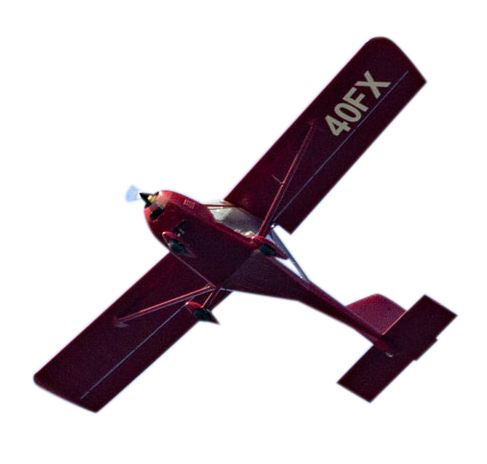 Background
Background
So, what is an Airspace infringement?
It is the unauthorised entry of an aircraft into notified airspace.
Each year in the UK there are over 1,000 airspace infringements reported under the Mandatory Occurrence Reporting (MOR) scheme; statistics can be found at https://airspacesafety.com/statistics/ . Around 90% of these occurrences involve General Aviation pilots operating in sport and recreational aviation.
The CAA receives AI reports from a number of sources, but primarily air navigation service providers (ANSPs), such as the controlling authority for the airspace in question. Occurrence reporting in the UK is governed by law; this is achieved through the submission of a Mandatory Occurrence Report (MOR) to the CAA, detailing the apparent infringement. Separately, and in extremis, where the reporter deems the circumstances dictate, it may also decide to submit a CA939 or ‘Alleged Breach of Air Navigation Legislation (ABANL)’ report to the CAA’s Investigations and Enforcement Team.
Pilots of UK Part 21 (formally EASA Annex II) aircraft are required by law to submit an MOR following an airspace infringement.
For non-UK Part 21 (formally EASA Annex I) aircraft, occurrence reporting remains voluntary; however, pilots are strongly encouraged to submit an MOR (or complete the questionnaire at https://airspacesafety.com/infringement/infringement-form/ ) to enable the CAA to carry out a full, independent review of the event and to understand if future infringements similar to the reported occurrence could be prevented. The MOR/questionnaire allows the reporter to share their account, including causal and contributory factors.
The top five factors remain largely consistent year on year, they are:
- Distraction – Insufficient management and inputs.
- Insufficient Planning – Insufficient or incorrect pre-flight planning and briefing.
- Navigation – misidentification of land features or misreading charts.
- Incorrect Pilot Actions or Inactions – pilot complacency or not employing good airmanship.
- Lack of familiarity with aircraft or equipment.
The reports show that, out of the infringement incidents analysed, the majority were down to avoidable mistakes or gaps in knowledge. Only a handful of incidents that occur are down to a pilot wilfully disregarding the rules.

